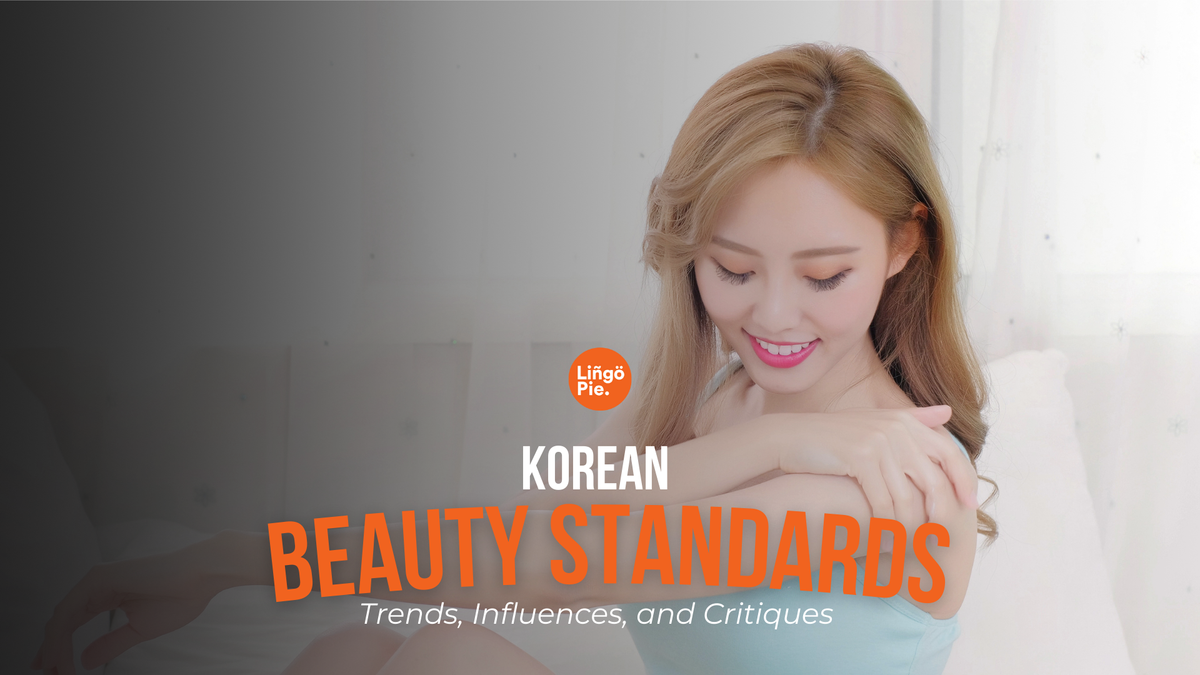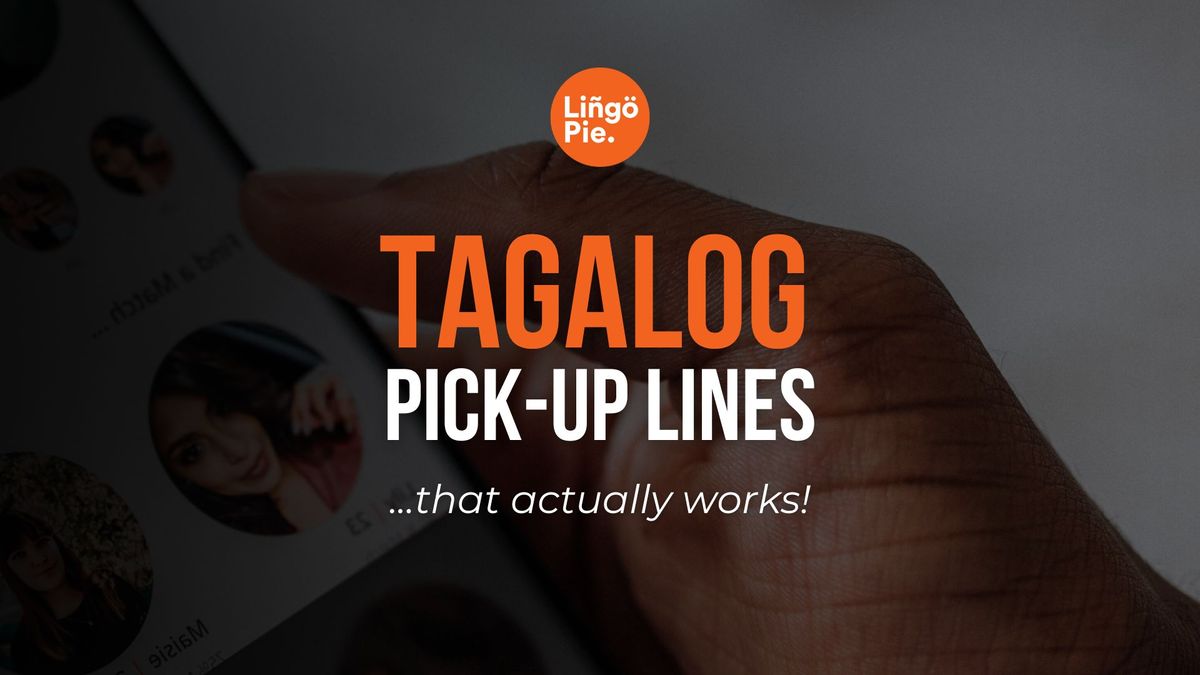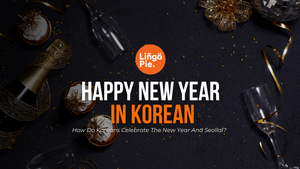Do you have pale glass skin, be tall, weigh under 50 kg, have big doe eyes, have plump lips and a small nose, have a small face, have flawless and shiny dark hair, have slim legs, and a flat tummy?
If you checked all these items, congratulations, you fit Korean beauty standards!
Korean beauty standards have taken the world by storm, shaping everything from skincare routines to makeup trends. This global fascination is driven by the flawless looks of K-pop idols and actors, who often set Korean beauty standards.
In this post, we'll talk about the latest Korean beauty standards, where they come from, and their influence on Korean women.

1. What Are The Beauty Standards In South Korea?
In South Korea, beauty standards often emphasize clear, pale skin, a slim figure, double eyelids, and a V-shaped jawline. Youthful and flawless appearances are highly valued.
2. Historical Evolution of Korean Beauty Standards
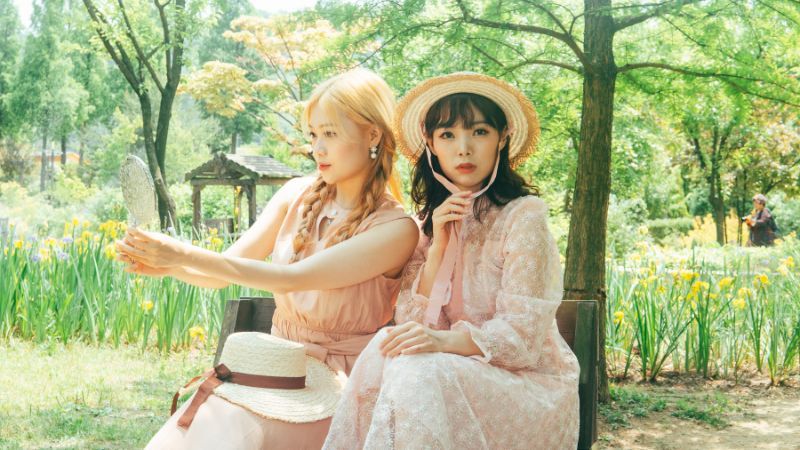
In traditional Korean history, particularly during the Joseon Dynasty (1392-1897), beauty standards were deeply intertwined with cultural and social norms. Women were often admired for their fair, unblemished skin, symbolizing purity and high social status. Long, glossy black hair and a serene, composed demeanor were also highly valued. These ideals were reflected in art and literature of the time, emphasizing natural beauty and elegance.
2.1 Influence of Confucianism and Historical Figures on Beauty Perceptions
Confucianism played a significant role in shaping beauty standards in Korea. This philosophical and ethical system emphasized virtues such as modesty, humility, and respect for tradition. As a result, beauty was often associated with inner qualities like virtue and propriety rather than mere physical appearance. Historical figures and queens, such as Queen Seondeok and Empress Myeongseong, often epitomized these ideals, further embedding them into Korean culture.
2.2 The Transition from Historical to Modern Beauty Standards
As Korea transitioned from its historical past to the modern era, beauty standards began to evolve. The influence of Western culture, particularly during the late 19th and early 20th centuries, introduced new beauty ideals, such as Western-style makeup and fashion. The Korean War and subsequent economic development also played a role in transforming societal norms.
In recent decades, the rise of the Korean entertainment industry, especially K-pop and K-dramas, has further modernized and globalized Korean beauty standards, blending traditional ideals with contemporary trends. Today, the emphasis on features like clear skin, double eyelids, and a slim figure reflects a complex amalgamation of historical influences and modern aspirations.
Read Also:
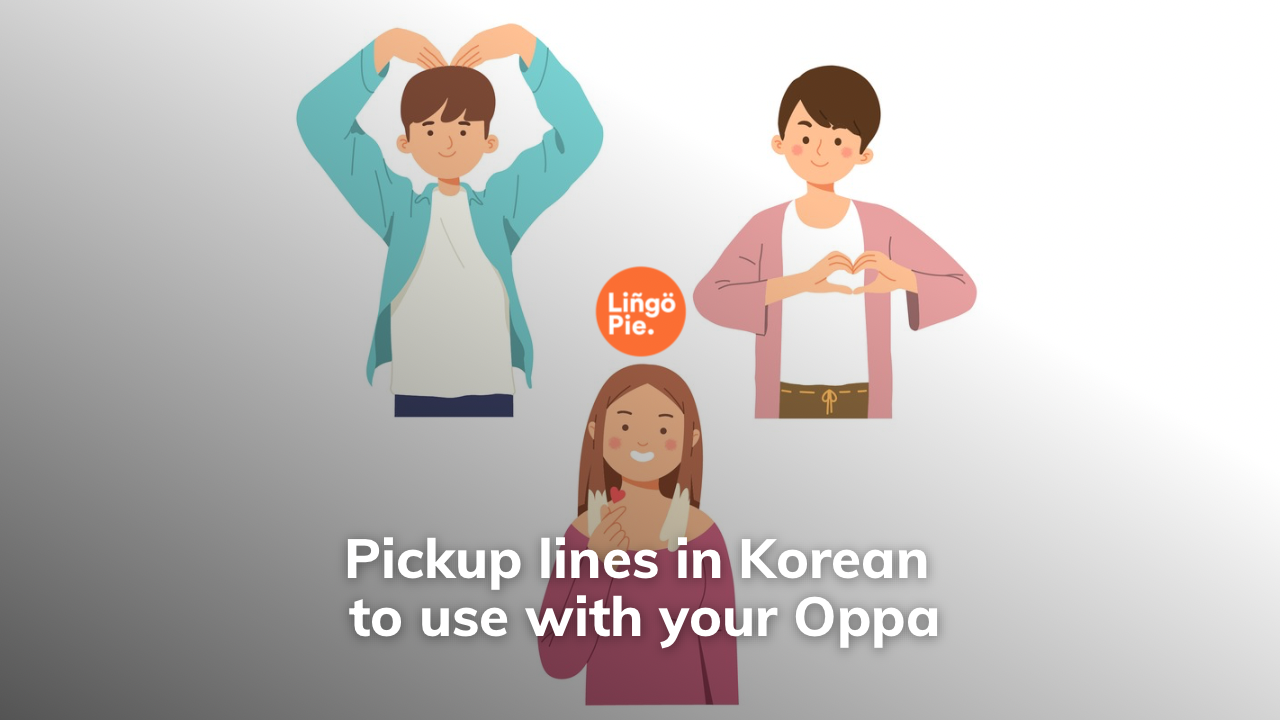
3. What Are The Modern Influences Shaping Korean Beauty?
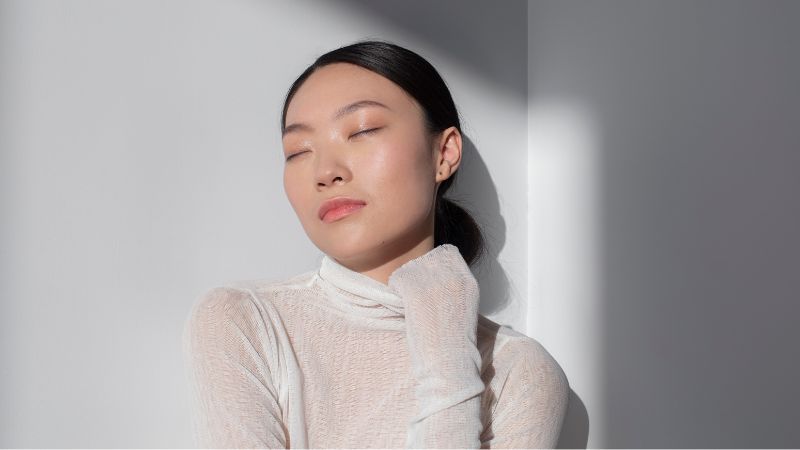
3.1 Impact of K-pop, Media, and Entertainment Industry
The rise of K-pop and the Korean entertainment industry has significantly shaped modern Korean beauty standards. Idols and celebrities often set the trends, with their flawless skin, meticulously styled hair, and fashion-forward looks becoming the gold standard.
Television dramas, movies, and music videos showcase these beauty ideals, influencing fans both domestically and internationally. The meticulous grooming and skincare routines of these celebrities, along with their fashion choices, are emulated by millions, creating a widespread cultural phenomenon.
3.2 Role of Social Media Platforms and Beauty Influencers
Social media platforms such as Instagram, YouTube, and TikTok play a crucial role in shaping and spreading Korean beauty ideals. Beauty influencers and vloggers regularly share their skincare routines, makeup tutorials, and product reviews, making K-beauty accessible to a global audience.
These influencers often collaborate with beauty brands to launch products and trends, further embedding Korean beauty standards in the global consciousness. The interactive nature of social media allows for rapid dissemination and adoption of new trends, making K-beauty a dynamic and evolving landscape.
3.3 Globalization and Export of Korean Beauty Trends
The globalization of Korean beauty trends has been facilitated by the export of K-beauty products and practices worldwide. Korean skincare brands are renowned for their innovative products, such as sheet masks, BB creams, and multi-step skincare routines, which have gained immense popularity globally. The "glass skin" trend, emphasizing a dewy and flawless complexion, has become a sought-after look internationally.
The cultural exchange facilitated by globalization has led to a hybridization of beauty standards, with elements of Korean beauty being integrated into various cultural contexts, and vice versa. This global reach not only boosts the Korean beauty industry but also influences beauty ideals on a worldwide scale.
4. Today's Korean Beauty Standards
4.1 Facial Features
Korean beauty standards place a significant emphasis on specific facial features. Some of the most sought-after traits include:
- Pale Skin: A fair complexion is highly prized and often associated with youth, purity, and social status. Many skincare products and routines are designed to achieve and maintain clear, bright skin.
- V-Shaped Jawline: A slim, V-shaped jawline is considered attractive and desirable. It gives the face a delicate and youthful appearance.
- Double Eyelids: Double eyelids are a common beauty ideal, believed to make the eyes appear larger and more expressive. Many people use makeup techniques or undergo cosmetic surgery to achieve this look.
4.2 Body Image
When it comes to body image, several preferences stand out in Korean beauty standards:
- Slimness: A slim figure is highly valued, with an emphasis on being fit and slender. This often includes a small waist and a lean physique.
- Height: Height is another desirable trait, with taller individuals often seen as more attractive. This preference is reflected in both men and women, though it can be more pronounced in expectations for men.
- Physical Proportions: Balanced and well-proportioned bodies are admired. This includes having a small face, long legs, and an overall harmonious body shape.
4.3 Hair, Fashion Trends, and Cosmetic Surgery
- Hair: Hair trends in Korea often emphasize natural, healthy-looking hair. Common styles include soft waves, straight hair, and subtle hair colors that enhance the overall appearance. Frequent changes in hairstyles, influenced by K-pop idols and celebrities, are also a notable trend.
- Fashion Trends: Korean fashion is known for its chic, modern, and sometimes avant-garde styles. Minimalist and elegant outfits are popular, often characterized by a blend of traditional elements with contemporary designs. Fashion trends are heavily influenced by celebrities and the media.
- Cosmetic Surgery: Cosmetic surgery is relatively common and socially accepted in Korea. Procedures like rhinoplasty, double eyelid surgery, and jawline reduction are popular among those seeking to enhance their features. The aim is often to achieve a harmonious and aesthetically pleasing appearance that aligns with current beauty standards.
Read Also:


5. What Are Factors Shaping Korean Beauty Standards?
Confucianism has historically played a significant role in shaping Korean beauty standards. This philosophy emphasizes virtues such as modesty, respect, and harmony, which are reflected in the ideals of beauty:
- Modesty and Natural Beauty: Confucian values promote modesty and simplicity, which translate into beauty standards that favor natural, understated looks over bold or extravagant appearances.
- Societal Expectations: Society places high expectations on individuals to conform to these beauty ideals. There is a strong emphasis on presenting oneself well in public, which includes maintaining a neat and attractive appearance. This societal pressure can influence personal grooming and beauty practices.
5.1 Beauty Industry Growth and Consumer Trends
The growth of the beauty industry in South Korea is another major factor influencing beauty standards:
- Booming Beauty Industry: South Korea's beauty industry is one of the largest and most innovative in the world. The rapid development of skincare and cosmetic products drives beauty trends and standards.
- Consumer Trends: High consumer demand for beauty products and treatments fuels the industry’s growth. This demand is driven by a cultural emphasis on appearance and the desire to achieve the popular beauty ideals portrayed by celebrities and media.
- Economic Prosperity: Increased disposable income allows more people to invest in beauty products and treatments, making the pursuit of beauty a common and accessible goal.
5.2 Western Influence and Hybridization of Beauty Standards
Western culture has also had a notable impact on Korean beauty standards, leading to a hybridization of traditional and modern ideals:
- Western Beauty Ideals: The influence of Western beauty standards, such as an emphasis on certain facial features and body types, has merged with traditional Korean ideals. This can be seen in the popularity of double eyelid surgery and other cosmetic procedures that create a more Westernized appearance.
- Global Media and Fashion: Exposure to global media, fashion, and entertainment has introduced diverse beauty ideals to South Korea. This cross-cultural exchange has resulted in a blend of Western and Korean beauty trends, creating a unique and evolving standard.
- Hybridization: The merging of Western and Korean beauty standards has led to new, hybrid ideals that are both unique to Korea and influenced by global trends. This includes the incorporation of Western fashion styles, makeup techniques, and skincare routines into Korean practices.
6. Plastic Surgery Trend in Korea and Its Impact
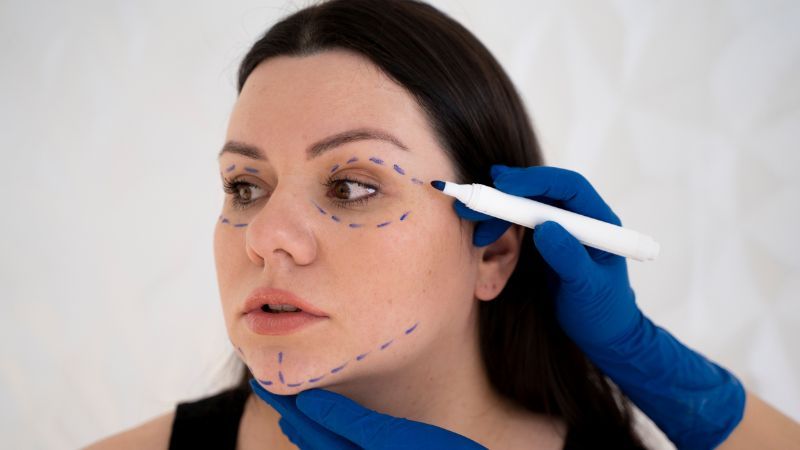
South Korea has one of the highest rates of plastic surgery per capita in the world. Procedures are common and widely accepted, with both men and women seeking to enhance their features to align with societal beauty standards.
Some of the most popular cosmetic surgeries include double eyelid surgery, rhinoplasty (nose reshaping), jawline reduction, and forehead contouring. These procedures aim to achieve the idealized facial features promoted by Korean beauty standards.
Cosmetic surgery is often seen as a way to boost self-confidence and career prospects. It is not uncommon for individuals to receive surgeries as gifts for milestones such as graduation, reflecting the normalization of these procedures in Korean society.
The high prevalence of cosmetic surgery has several societal impacts:
- Pressure to Conform: The widespread acceptance and expectation of cosmetic enhancements can create pressure to conform to specific beauty standards, potentially leading to body image issues and dissatisfaction among those who choose not to or cannot afford surgery.
- Economic Influence: The cosmetic surgery industry contributes significantly to South Korea's economy, attracting medical tourists from around the world. This has further solidified South Korea’s reputation as a global hub for high-quality cosmetic procedures.
- Mental Health Concerns: While cosmetic surgery can improve self-esteem for some, it can also perpetuate unrealistic beauty ideals and contribute to mental health issues such as body dysmorphia.
- Changing Norms: As cosmetic surgery becomes more normalized, there is an ongoing conversation about the balance between enhancing one's appearance and maintaining natural beauty. This discussion is part of a broader movement towards accepting diverse definitions of beauty.
7. The Pressure of Korean Beauty Standards On Individuals
Korean beauty standards can place immense pressure on individuals to conform to specific ideals, which can have significant mental health implications:
- Societal Pressure: The high value placed on appearance in Korean society means that individuals often feel pressured to meet these exacting beauty standards. This can lead to stress, anxiety, and a sense of inadequacy for those who feel they do not measure up.
- Impact on Self-Esteem: Constant comparison to the idealized images of beauty promoted by media and celebrities can negatively affect self-esteem and body image, particularly among young people.
- Mental Health Issues: The relentless pursuit of beauty can contribute to mental health issues such as eating disorders, body dysmorphia, and depression. The stigma associated with not meeting beauty standards can exacerbate these problems.
- Homogenization of Beauty: The emphasis on specific traits, such as pale skin, double eyelids, and a slim figure, promotes a narrow definition of beauty. This homogenization can marginalize those who do not fit these ideals, fostering a culture of exclusion.
- Lack of Representation: There is often a lack of representation of diverse body types, skin tones, and facial features in Korean media and advertising. This lack of diversity can perpetuate unrealistic and unattainable beauty standards.
8. Counter-Movements and Body Positivity in South Korea
In response to the pressures and criticisms of mainstream beauty standards, several counter-movements and initiatives promoting body positivity have emerged:
- Body Positivity Movement: This movement encourages acceptance and appreciation of all body types and appearances. It seeks to challenge and broaden conventional beauty standards, promoting a more inclusive and diverse definition of beauty.
- Social Media Activism: Platforms like Instagram and YouTube have become spaces for individuals to share their stories and advocate for body positivity and self-acceptance. Influencers and activists use these platforms to raise awareness and inspire others to embrace their natural beauty.
- Campaigns and Initiatives: Various campaigns and organizations in South Korea work to promote self-love and challenge harmful beauty standards. These initiatives often focus on education and awareness, encouraging people to appreciate their unique features and reject societal pressures to conform.
- Celebrities and Public Figures: Some celebrities and public figures have begun to speak out against unrealistic beauty standards, using their platforms to advocate for more diverse and inclusive representations of beauty.
9. Final Words
Korean beauty standards have set trends both in South Korea and around the world. With a focus on features like pale skin, double eyelids, and a slim figure, these ideals are popularized by K-pop stars and celebrities. While many people strive to meet these standards, it can also lead to pressure and a booming cosmetic surgery industry.
However, there are growing movements that promote body positivity and diversity, challenging these narrow beauty ideals. As we enjoy the influence of K-beauty, it’s important to understand and respect the cultural background and push for a more inclusive definition of beauty.
Read Also:
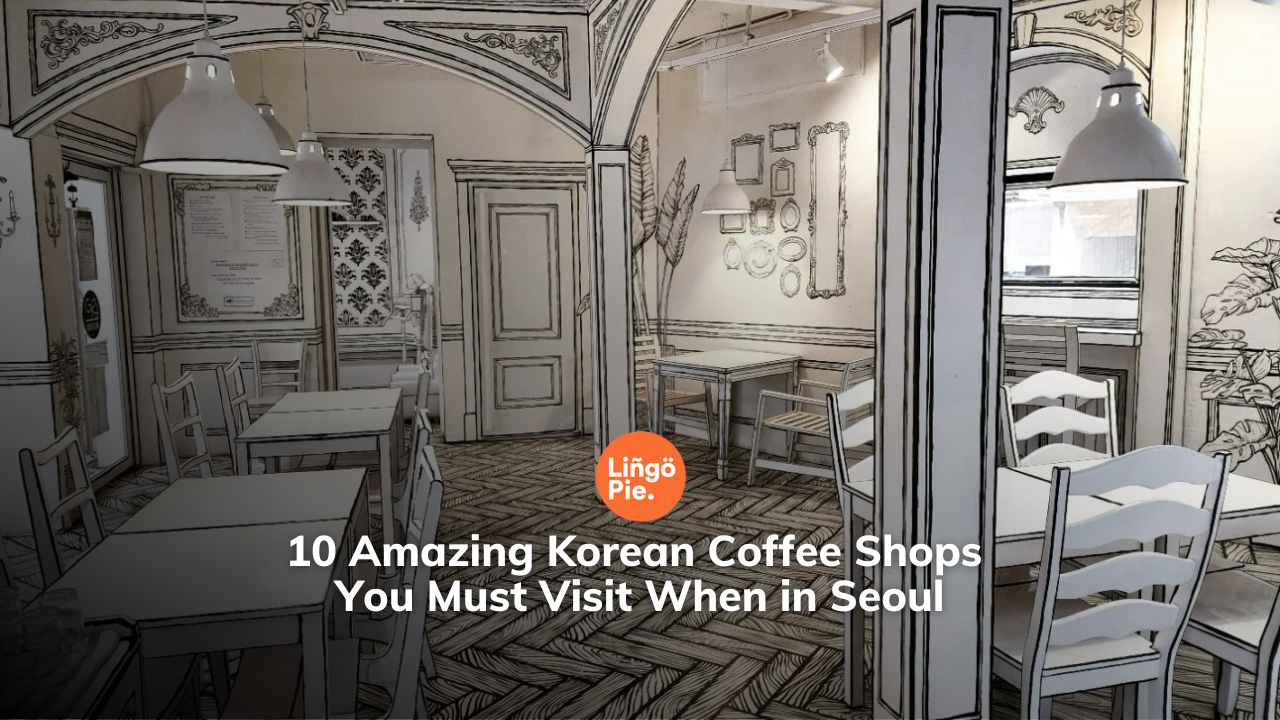
Frequently Asked Questions
1. What does a typical Korean look like?
There is no single way a "typical" Korean looks, as appearances vary widely. However, common features include dark hair, dark eyes, and a medium skin tone. Many Koreans follow contemporary beauty trends, which may include specific hairstyles and fashion choices.
2. What is the beauty standard weight for a female in Korea?
The beauty standard weight for a female in Korea typically favors a slim and lean figure. There isn't a specific number, but a BMI in the lower range of the healthy spectrum is often considered ideal.
3. Does Lisa fit Korean beauty standards?
Lisa, a member of the K-pop group BLACKPINK, generally fits many Korean beauty standards. She has clear skin, a slim figure, and double eyelids, which are all highly valued traits in Korean beauty culture.
Learn Korean by Watching K-dramas with Lingopie!
Lingopie offers a unique and immersive language-learning experience that combines the enjoyment of watching your favorite Korean dramas and TV shows with effective language-learning tools.
With Lingopie, you have access to a vast library of authentic Korean content, including popular dramas, variety shows, and documentaries, all available with subtitles in both English and Korean.
This dual subtitle feature allows you to follow along with the dialogue while simultaneously learning new vocabulary and phrases in context. It also provides interactive features such as click-to-translate, where you can easily look up the meaning of words and expressions while watching.
So, whether you're a beginner or an advanced learner, Lingopie offers a fun, engaging, and effective way to learn Korean while enjoying the best of Korean TV shows and movies.
Download Lingopie from the App Store or Play Store now and get a FREE 7-day trial!


